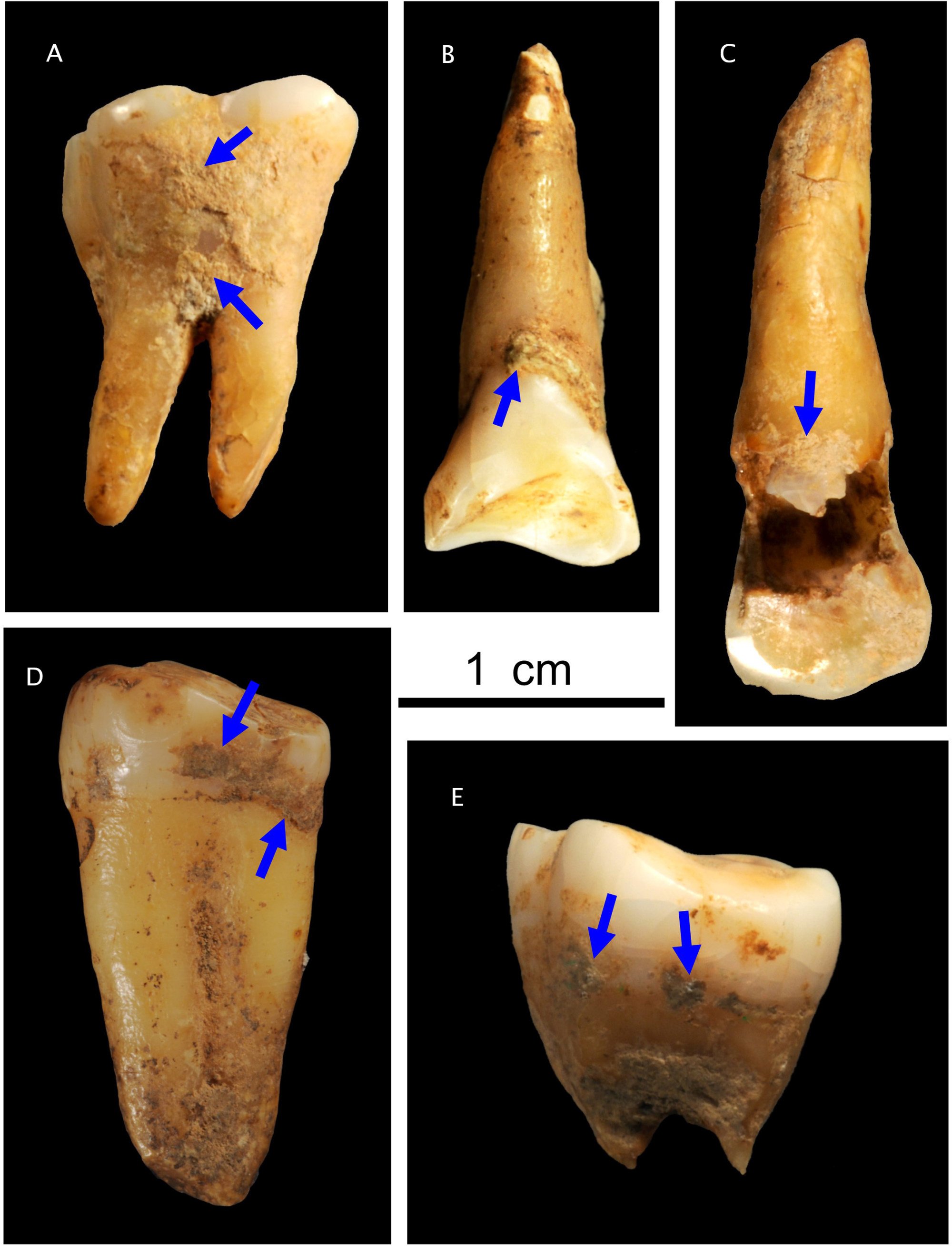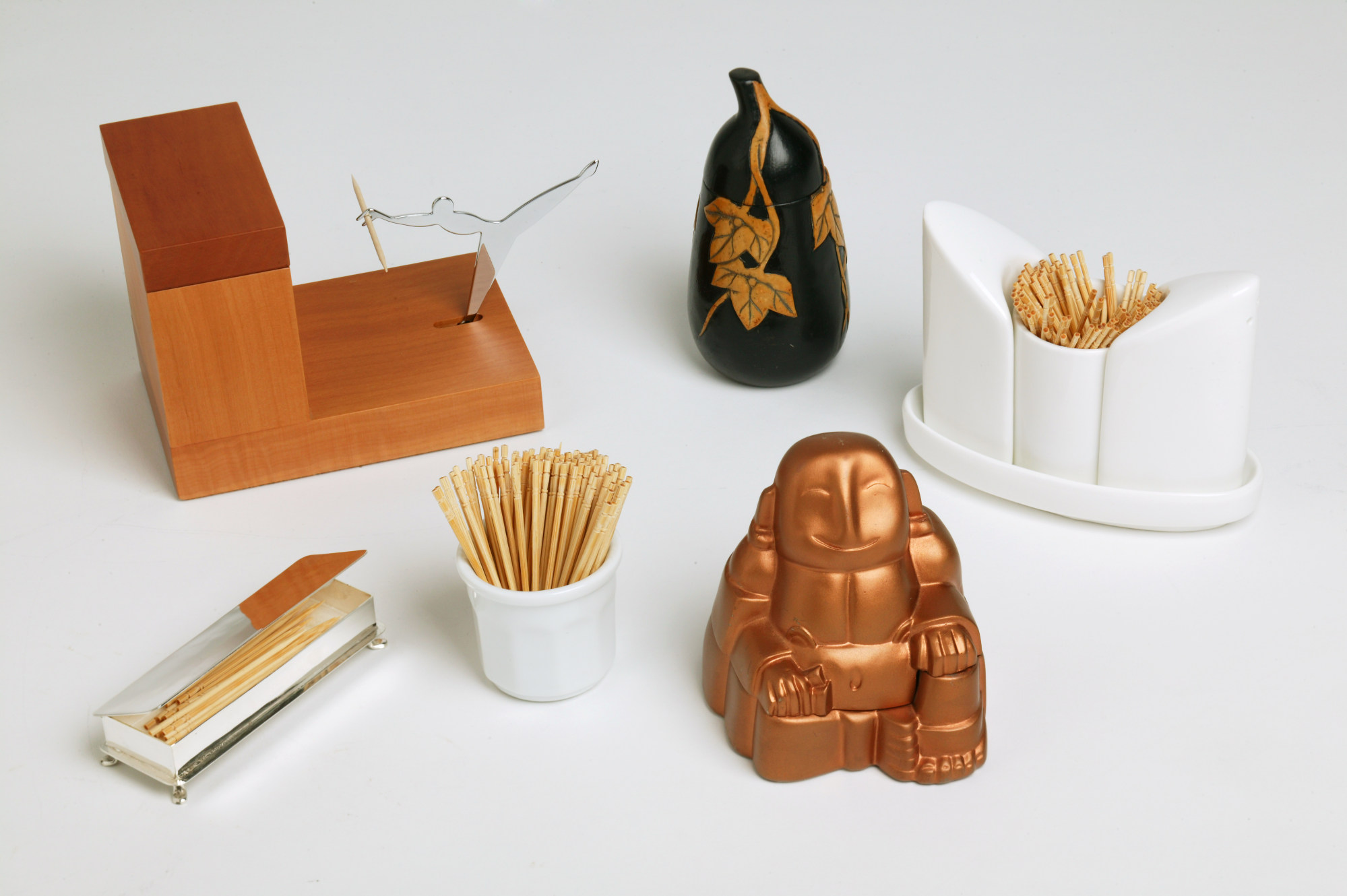
Do I have something in my teeth? Scientists find evidence of tooth picking in earliest humans in China
- The scientists were analysing dental fossils to learn about what the earliest humans in China ate
- Along the way, the team found scratchings along the teeth that they believe were evidence of picking teeth
In the never-ending debate of nature versus nurture, the act of picking our teeth after a meal may be a habit that has been part of human behaviour since the earliest days of our existence.
The evidence came in the form of parallel scratches, which the scientists said were “potential tooth picking marks”.
“The coniferous fragments and parallel fine-scratches in the groove indicate that Fuyan Cave hominids habitually rubbed material between their teeth, similar to Neanderthals,” the scientists wrote in the study.
“This is important evidence of tooth-picking behaviour in early modern humans in East Asia.”

Fuyan Cave is in Hunan province in central China, and those fossils are the oldest known human remains found in the southern half of China.
The mention of Neanderthals in the study is interesting and suggests a similar behaviour existed between Homo sapiens and their prehistoric cousins because evidence from a 49,000-year-old site in Spain found Neanderthals also likely rubbed organic materials between their teeth to clean them.
This similarity should not be too surprising, as a modern species of monkey called a bearded capuchin (Sapajus libidinosus) was caught using a small branch to pick its teeth, and its nose, in Brazil in 2015, according to Science News.
The core focus of the study was also enlightening, as it painted a picture of what could be the oldest example of early humans eating carbohydrates and starches.
The scientists analysed calcified dental plaque left on the teeth from the Fuyan Cave and found evidence that the people ate acorns, roots, tubers (such as potatoes), grass seeds and other unidentified plants. They said it is the earliest direct evidence that ancient humans subsisted on this diet.
Notably, 40 per cent of the teeth analysed contained acorn residue, suggesting that the nut was a widespread source of nutrition for those earliest humans. The acorns would have been an essential part of the diet because they acted as a source of carbohydrates (and, thus, energy) within a diet heavily reliant on plants.
“Our study provides the earliest direct consumption of carbohydrates-rich plant resources from modern humans in China for the first time,” the scientists wrote.

Understanding the diets of the earliest humans is vital to help scientists learn how humans adapted into our modern form. Knowing what they ate, and how they ate it, helps scientists understand how the early humans gained an evolutionary advantage.
“Our results support that consumption of increased amounts of starch may have provided a substantial evolutionary advantage for early modern humans … because of the energy it supplied to their increasingly large brain and other glucose-dependent tissues,” the team wrote.

